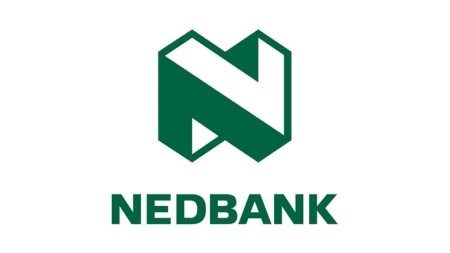Here follows a summary of the Housing Review of the first Quarter of 2010, as compiled by ABSA:
The South African economy emerged from recession in the second half of 2009, with real GDP rising at an annualised rate of 0,9% in the third quarter. Positive real economic growth of 2,5% is forecast for 2010.
Despite a trend of declining interest rates during the course of 2009, the household sector continued to experience a fair amount of financial pressure on the back of major job losses over a wide front, declining real disposable income and relatively high levels of debt. However, the cost of servicing household debt declined markedly as a result of lower interest rates.
House price growth in all segments of the market slowed down further during the course of 2009, with some categories recording a nominal drop in prices. In real terms, prices declined further in all segments.
In 2009 the average price of affordable houses increased by 2,8% to R291 700 in nominal terms, while declining by 4% in real terms. In 2008 prices in the affordable segment increased a nominal 10,2%, but dropped by a real 0,8%.
House prices in the middle segment of the market declined by a nominal 0,2% to R965 700 in 2009, after prices dropped markedly in the first half of the year, but started to recover in the second half. A nominal price rise of 4,1% was recorded in 2008. In real terms middle-segment house prices declined by 6,8% in 2009, after dropping by 6,2% in the previous year.
In the luxury segment of the market house prices were up by almost 1% to about R4,5 million in 2009, compared with a growth rate of 8,8% in 2008. The average real price of luxury housing was down by 5,8% last year after declining by 2% in the preceding year.
At provincial, metropolitan and coastal level, house prices were marginally up last year in some regions in nominal terms, but after adjustment for the effect of inflation, price declines occurred in all areas compared with 2008.
The affordability of housing improved further during the course of 2009, based on the ratio of house prices as well as mortgage repayments to disposable income. This was the net result of trends in nominal house prices, nominal household disposable income and interest rates.
The steady recovery evident in the residential property market since late 2009 is expected to gather further momentum in 2010 as a result of better economic conditions, the lagged effect of lower interest rates and less tight credit conditions. Nominal house price growth of around 6% is currently forecast for 2010, but with a projected average consumer price inflation rate of also 6%, no real price growth is expected this year.[Click here to Download the full Housing Review](/ftpupload/news/articles/manual/Feb 2010/Housing Review 2010 Q1.pdf)



